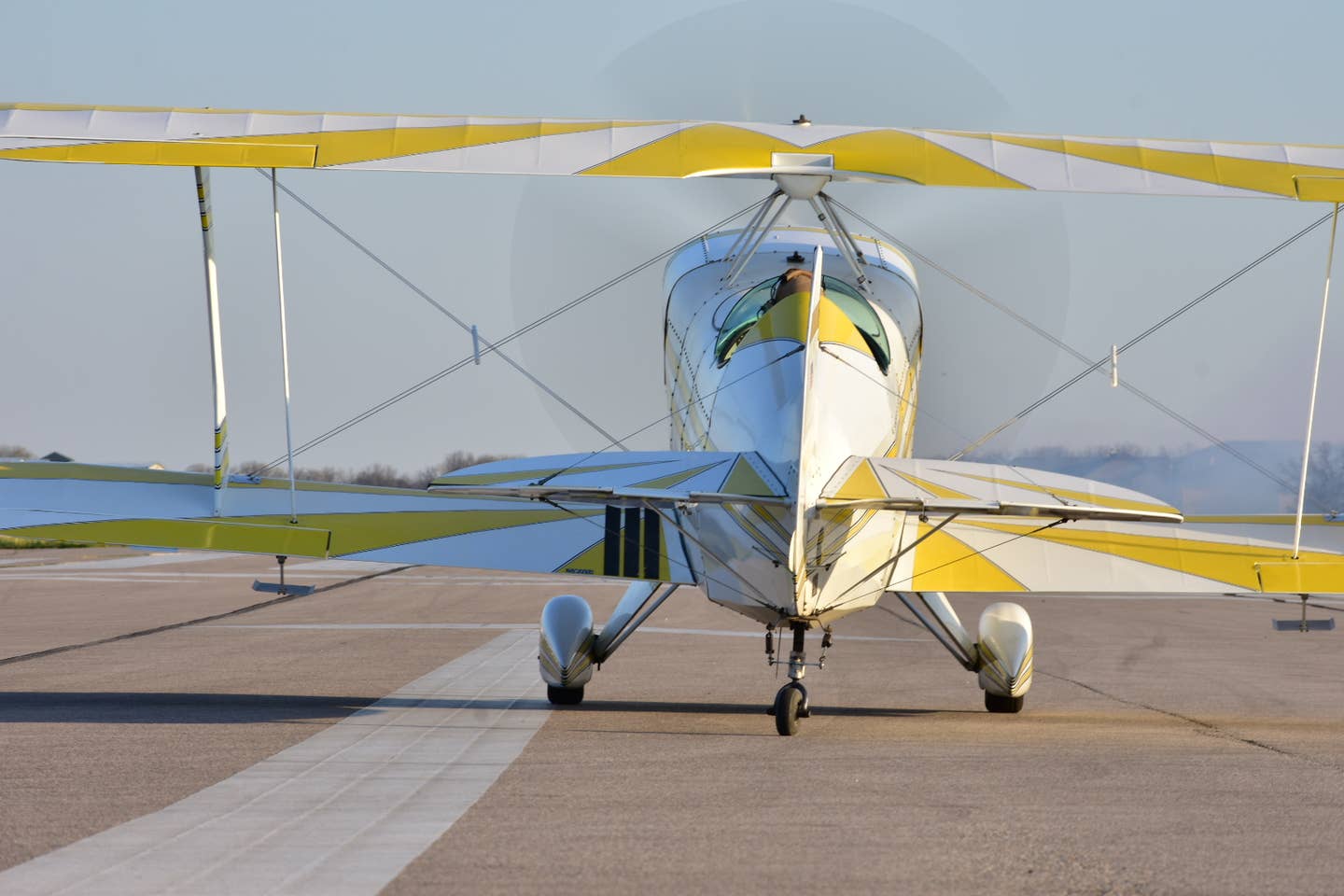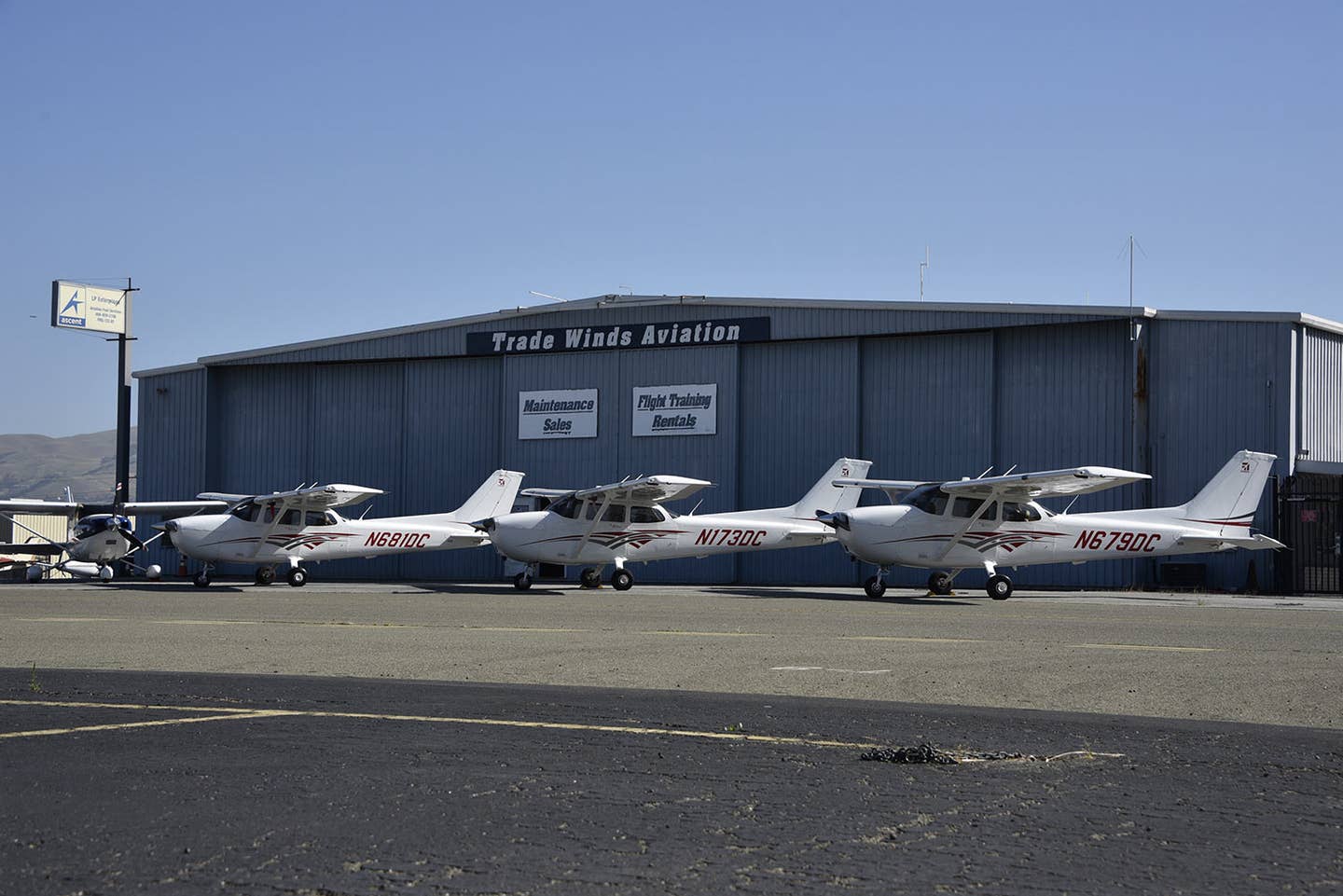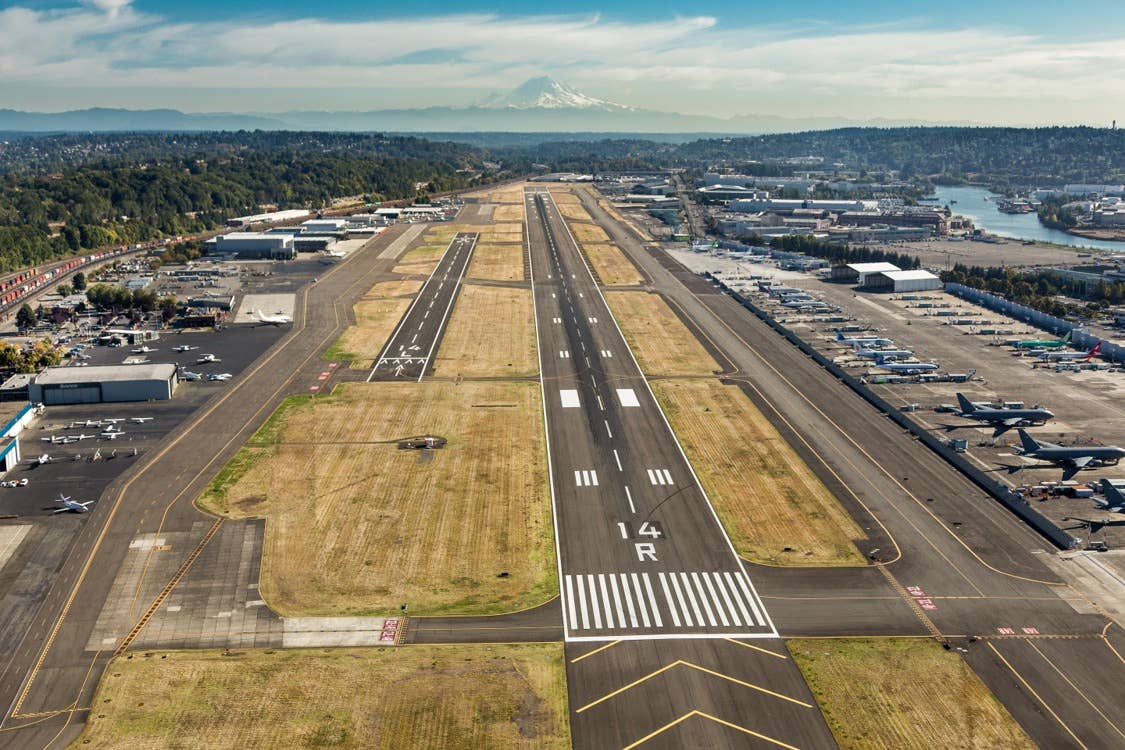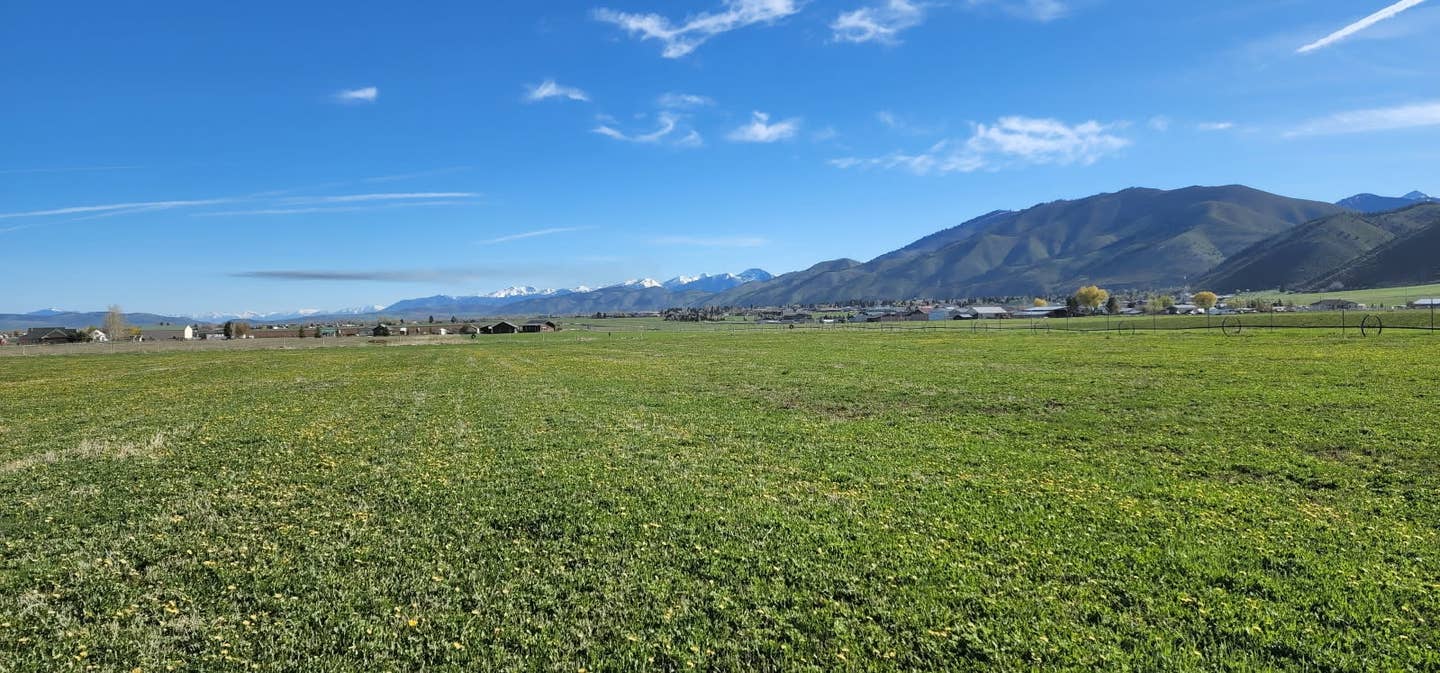Airpark HOAs Aim to Keep Pace With Capital Improvements, Maintenance
Here’s what you need to know about professional management of fly-in communities.

A biplane on the takeoff roll at an airpark. [Courtesy: Grant Boyd]
A homeowners association (HOA) can either be a positive or a negative experience for residents of a community. Among other attributes, good HOAs are competent, organized, and forward-thinking, ensuring that the membership has a positive experience.
With more than three decades of experience in HOA management, Duane McPherson saw the need for professional management at fly-in communities. As a result, the private pilot created Airpark Association Management (APAM) in mid-2024.
“APAM simplifies HOA management for aviators. We handle financial intricacies, strategic planning, and administrative tasks,” McPherson said. “We understand the balance between high-flying dreams and maintaining a smoothly operated community. Airparks are a different animal and traditional HOA management companies don’t know a lot about flying. They don’t understand the regulations or appreciate the commitment that the residents have to aviation. So, these communities are underserved from an association aspect.”
There are unique aspects of managing airpark HOA communities, as well as aspects that are very similar to regular neighborhoods.
“Most airpark boards understand the aviation end of it, and they’re able to do a lot with that,” he said. “But the homeowners association part of it, such as collecting assessments, managing the financials and boards, or making sure all regulations are complied with [is different]. I felt like I could help with my years of experience. That way residents just enjoy flying. I mean, that’s why you have a plane and live in an airpark. You should be able to jump in and go flying without having to deal with all of these administrative headaches.”
McPherson is enthused by the growing interest in residential airpark communities.
“In the 1990s I started flying and began seeing these associations that had airstrips,” he said. “But there really wasn’t much interest [in living at an airpark] until the last 10 to 15 years. The concept has really started to catch on and right now, I estimate that there are about 700 airparks in the United States.”
Which functions does McPherson say airparks struggle with most frequently?
“It’s a gambit of common issues that airparks struggle with,” he said. “A lot of the associations haven’t done research studies to plan for future maintenance. That’s one of the most important aspects, especially since an airpark community’s single largest common interest asset is the airstrip. You have to save for repair and repaving of the runway, adding lights, or whatever is else needed. And a lot of airparks have not saved for capital improvements, or even in some cases regular maintenance.”
Another thing that volunteer-led boards should be mindful of are the regulations that govern their communities.
“The other common issue is keeping up with laws,” McPherson said. “Each state has completely different laws governing common interest communities. That’s one of our areas of expertise and we make sure that boards are in compliance with local and state regulations. And we can handle all financial aspects of association management with transparency, accuracy and optimal budgeting tailored to your airpark community.
“We also have a technology package that is second to none. Aspects of this software are currently being modified for the airpark, so you will be able to see which airplanes are based there, whether they have insurance, and other things that will help the board better manage their community.”
McPherson takes great satisfaction in helping existing communities.
“The governing documents for every association are different and are typically set up by the original developer, not by the people who live there,” he said. “So, the documents are created long before lots are sold, and sometimes older communities have to reinvent themselves. The original people’s ideas are outdated in some cases and technologies have changed. There are a lot of differences that can occur.
“What we can do to help is that we will modernize their documents and create a strategic plan. This often takes working with a local attorney and making sure everything is up to date because in many cases, governing documents will have paragraphs that are no longer applicable or against current laws. It takes a lot of planning to go through changing the association but it’s one of my favorite things to do.”
McPherson also enjoys ensuring new fly-in communities are well poised for many years of operation and feels that developers should seek advice to understand the best path forward.
Here are some key considerations he says that a developer should consider when drafting governing documents for an airpark community:
Aviation regulations: Include provisions that comply with federal, state, and local aviation regulations and zoning requirements related to the operation of aircraft within the community. This may include restrictions on aircraft types, noise levels, flight patterns, and hangar construction.
Airpark maintenance: Establish guidelines for the maintenance and upkeep of common areas, runways, taxiways, and other aviation-related facilities within the community. Outline responsibilities for maintaining and repairing infrastructure to ensure the safety and functionality of the airpark.
Hangar use: Define the permitted uses of hangars within the community, including provisions related to aircraft storage, maintenance, and commercial operations. Specify any restrictions on hangar construction, size, design, and appearance.
Community amenities: Outline the availability and use of amenities, such as fueling stations, tie-down areas, aircraft wash areas, and other aviation-related facilities provided within the community. Establish rules for accessing and utilizing these amenities in a safe and responsible manner.
Aircraft ownership: Define the requirements for aircraft ownership and registration within the community, including restrictions on nonresident aircraft, subleasing, and commercial operations. Specify any insurance requirements or liability provisions related to aircraft ownership and operation.
Homeowner responsibilities: Detail the obligations and responsibilities of homeowners within the community, including compliance with aviation regulations, noise abatement policies, and community standards. Outline procedures for resolving disputes, enforcing rules, and maintaining a sense of community harmony.
Architectural guidelines: Establish design standards and architectural guidelines for hangar construction, home construction, and landscaping within the community. Ensure that these promote a cohesive aesthetic and maintain the unique character of the airpark community.
“By considering these key factors and incorporating them into the governing documents, a developer can create a comprehensive set of rules and regulations that govern the operation, maintenance, and use of an airpark community,” McPherson said. “These provisions can help ensure the safety, functionality, and overall success of the community while preserving its aviation-focused identity and appeal.”

Sign-up for newsletters & special offers!
Get the latest FLYING stories & special offers delivered directly to your inbox






